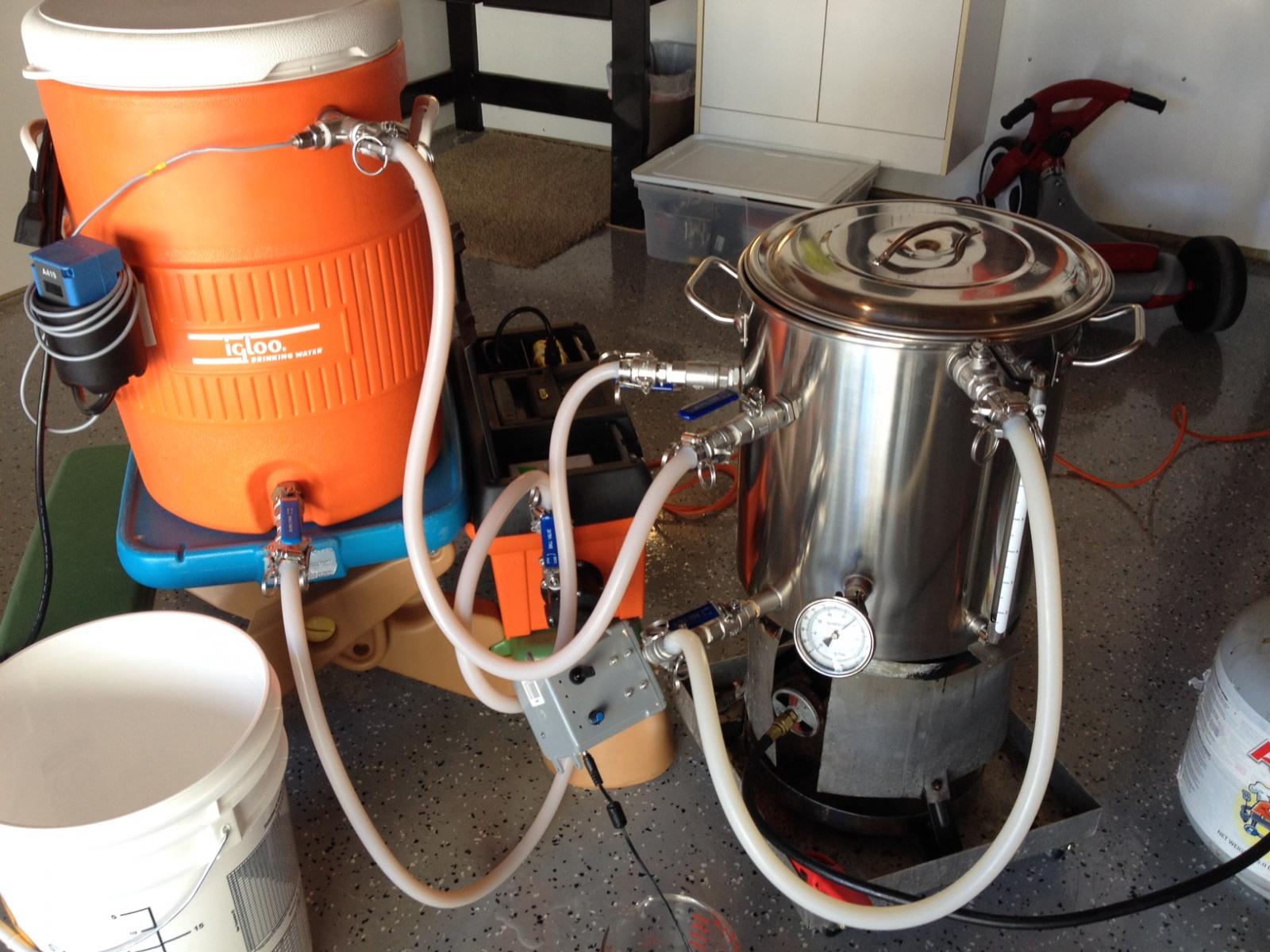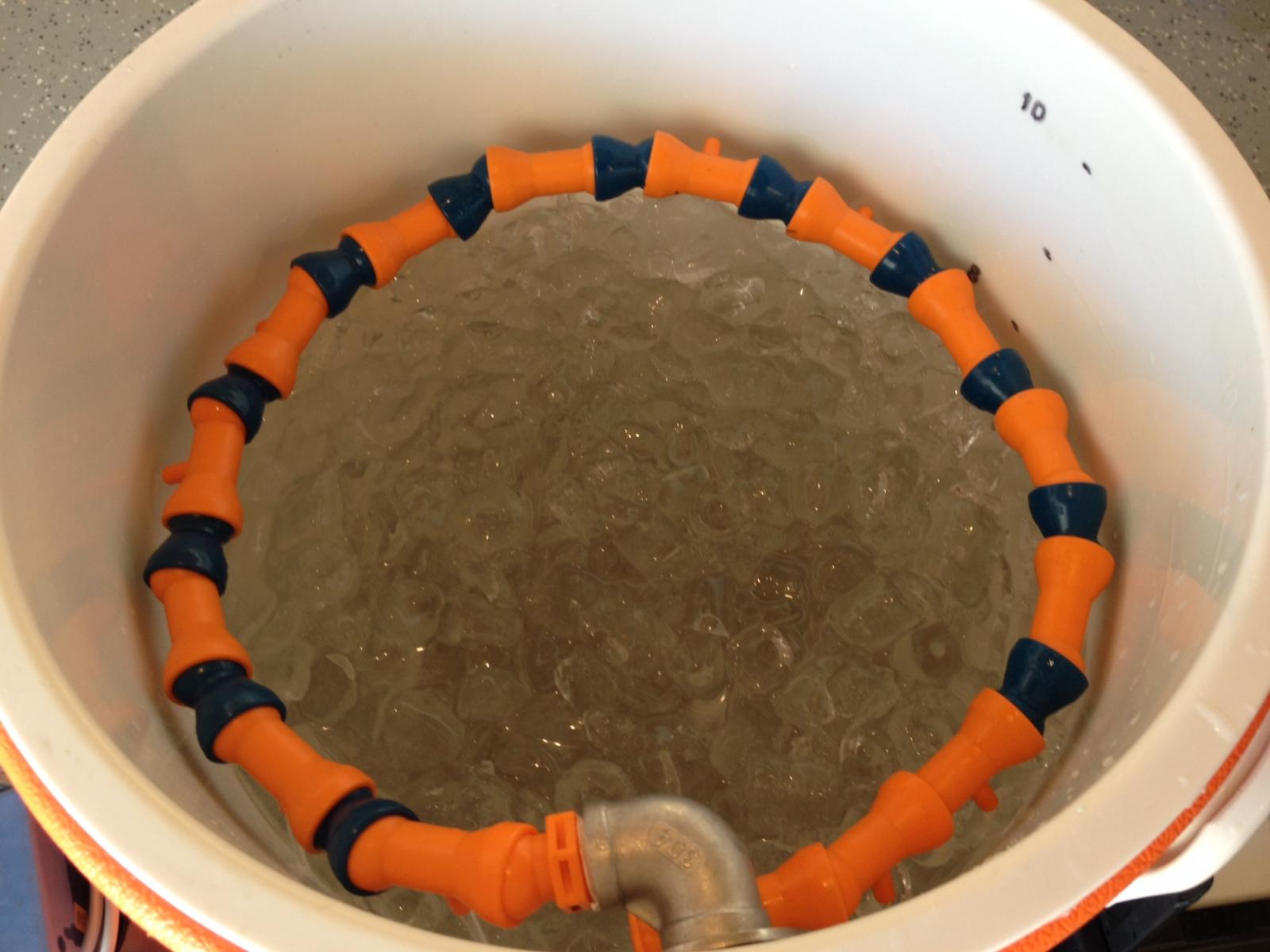Jiffster
Well-Known Member
- Joined
- Aug 8, 2015
- Messages
- 806
- Reaction score
- 109
I'm in Michigan and it gets pretty darn cold during the winter. I'm curious what others do in similar climates to continue brewing?
Aside from the general question above, I also have some specific questions relative to where my own progression in brewing is headed after just brewing my first batch (currently fermenting):
1) How do you use an immersion or counter flow wort chiller in cold climates in your garage?
2) Once you move up to full boil, all grain brewing, how do you chill your wort.... Especially in winter?
3) Based on question #3, I assume once you get to this level you are using some type of wort chiller and not using a water/ice bath?
4) Once you move up to bigger batches, (10 gal +) how do you move your batch around? (I.e. From garage to basement)
So many questions.....
Thanks!
Aside from the general question above, I also have some specific questions relative to where my own progression in brewing is headed after just brewing my first batch (currently fermenting):
1) How do you use an immersion or counter flow wort chiller in cold climates in your garage?
2) Once you move up to full boil, all grain brewing, how do you chill your wort.... Especially in winter?
3) Based on question #3, I assume once you get to this level you are using some type of wort chiller and not using a water/ice bath?
4) Once you move up to bigger batches, (10 gal +) how do you move your batch around? (I.e. From garage to basement)
So many questions.....
Thanks!





![Craft A Brew - Safale S-04 Dry Yeast - Fermentis - English Ale Dry Yeast - For English and American Ales and Hard Apple Ciders - Ingredients for Home Brewing - Beer Making Supplies - [1 Pack]](https://m.media-amazon.com/images/I/41fVGNh6JfL._SL500_.jpg)
























































